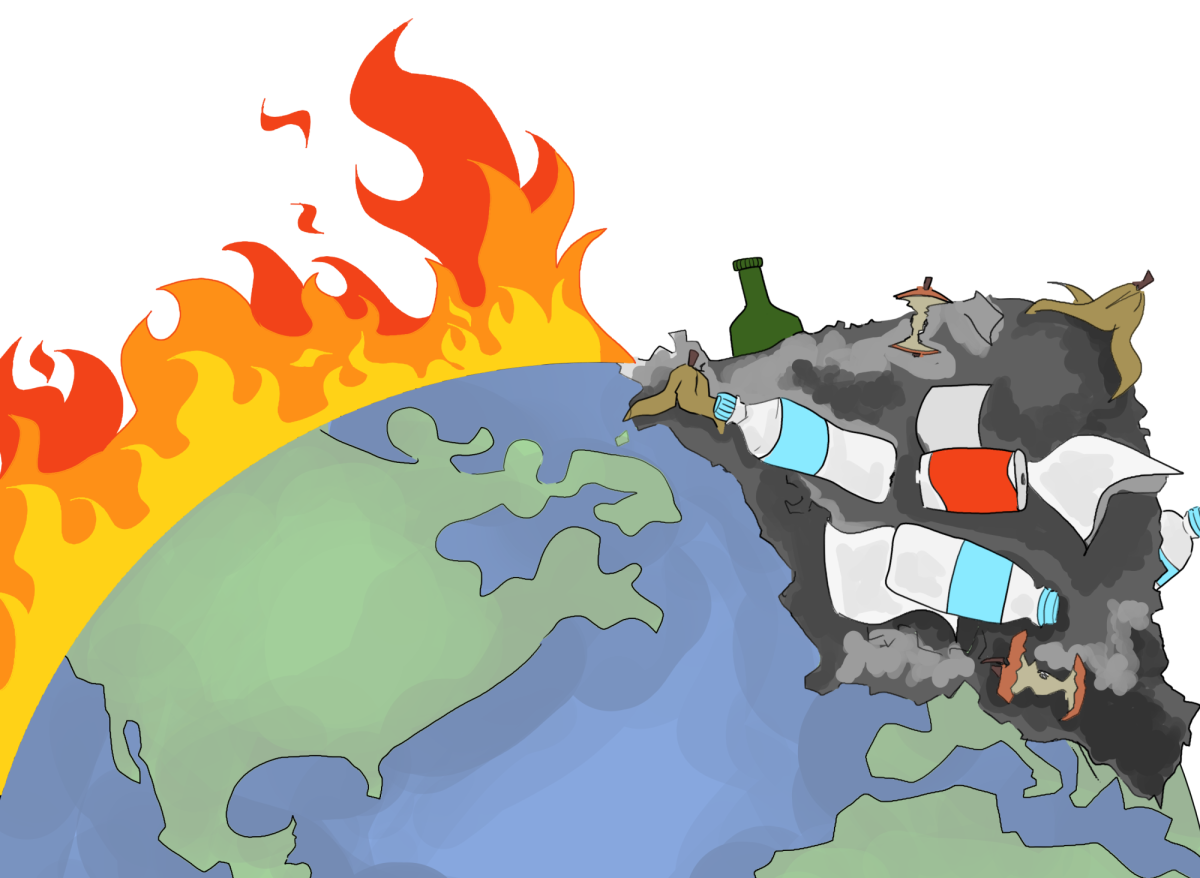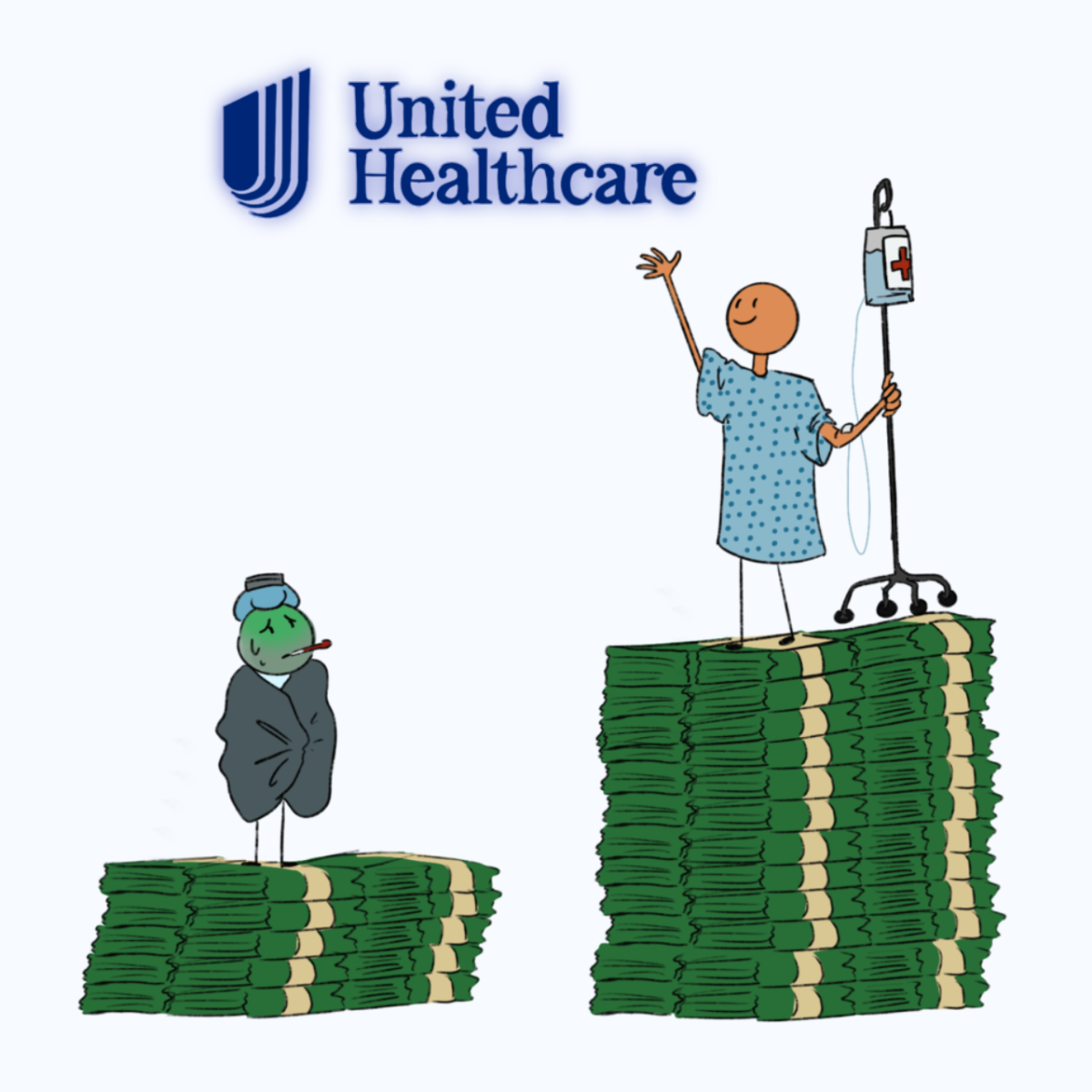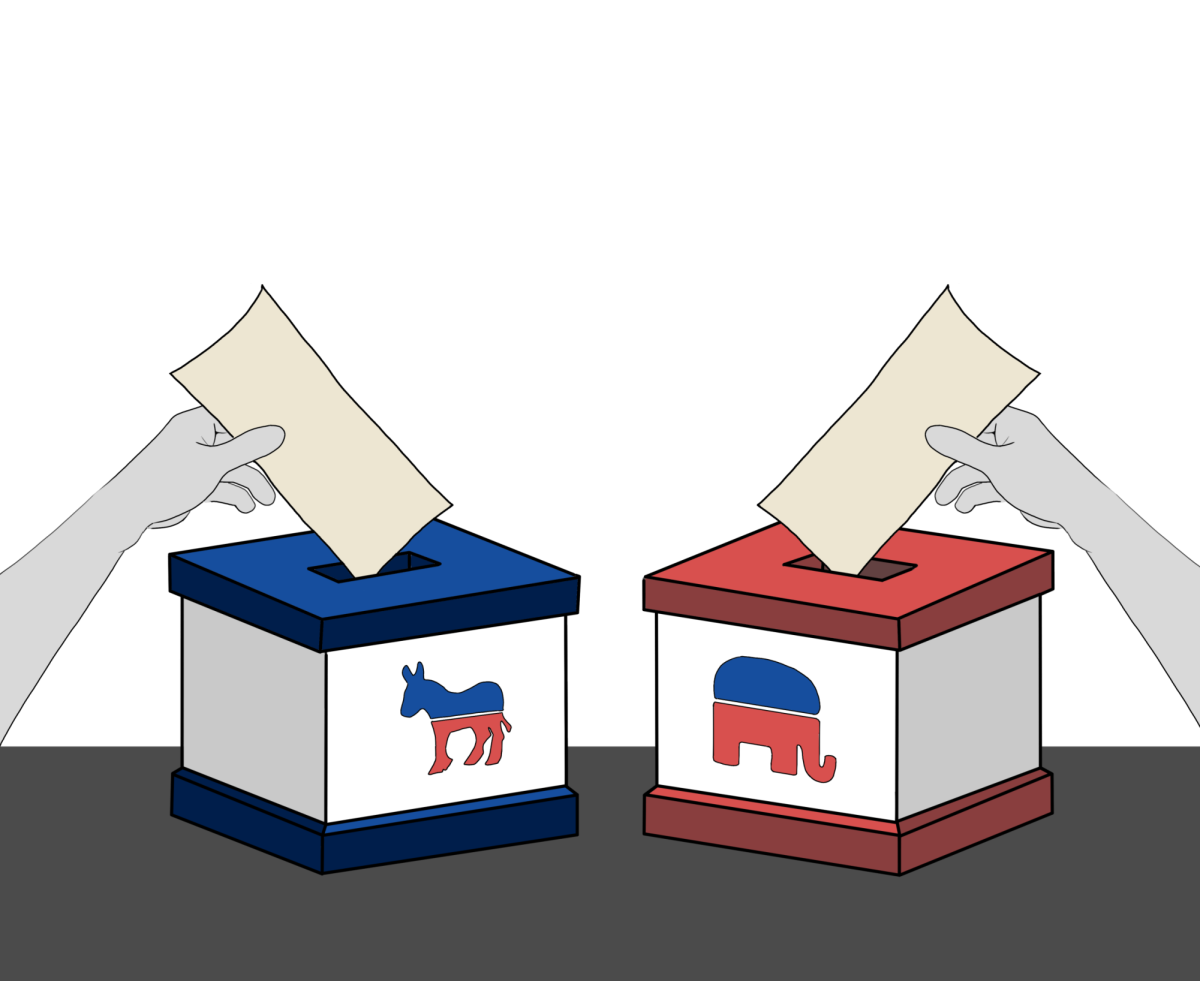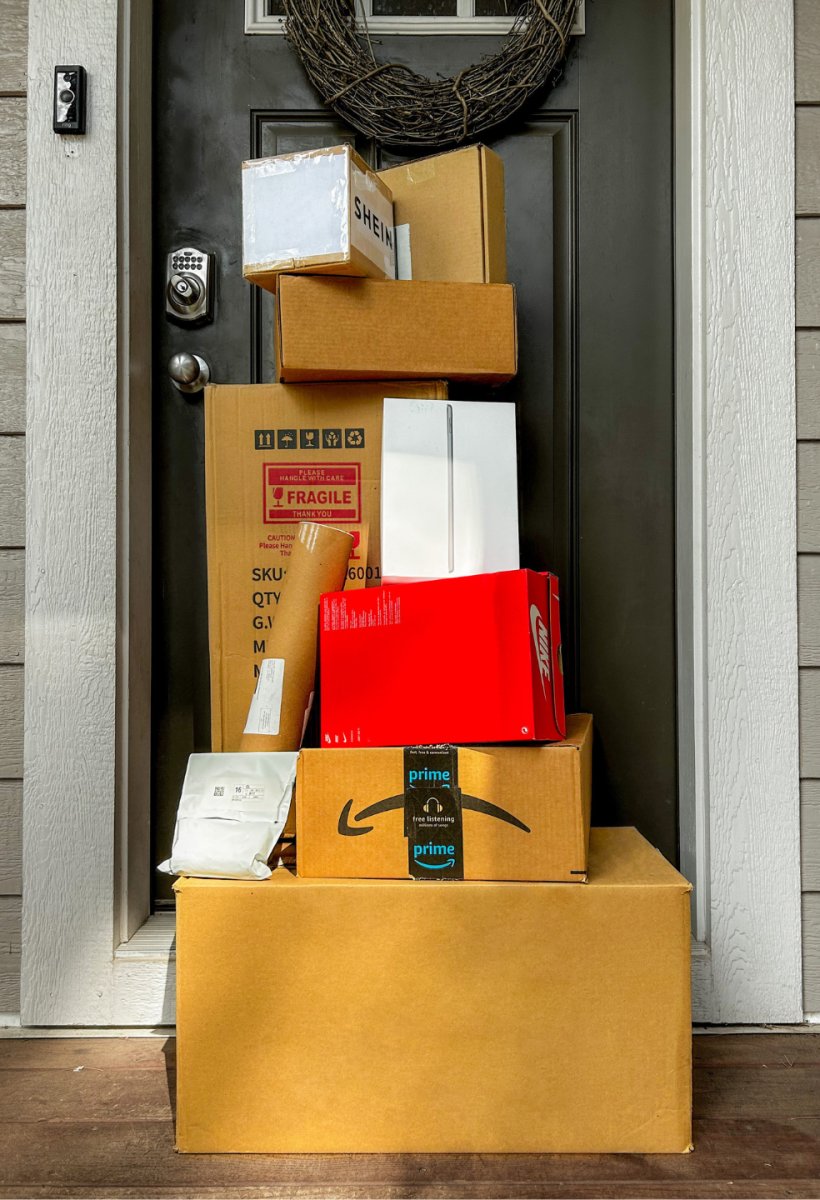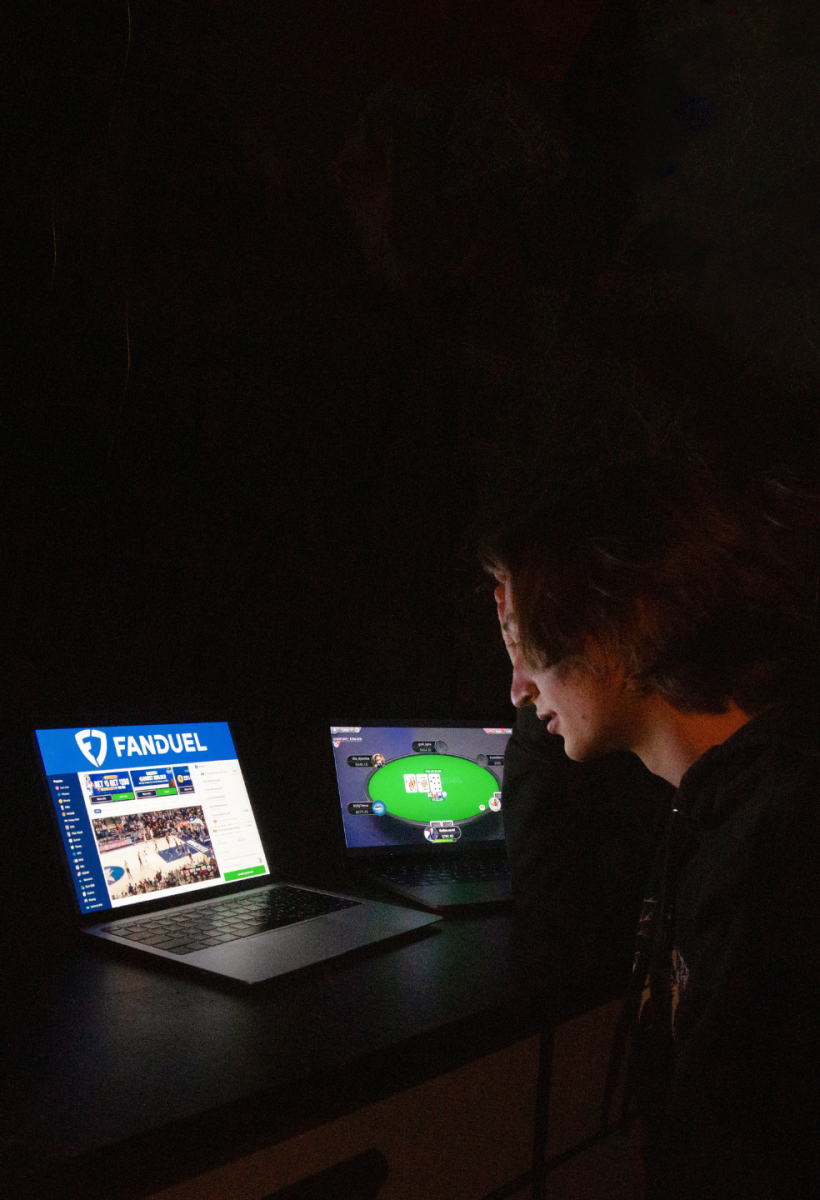
About the Contributors
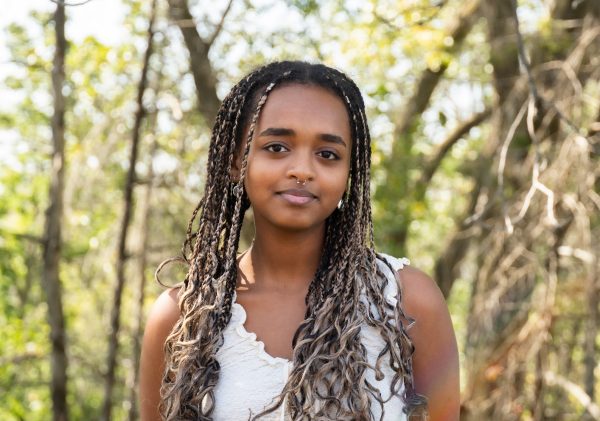
Sinim Dhuguma, Online Editor-in-Chief
Hi, I’m Sinim, this year’s Online Editor-in-Chief. I’m a senior and this is my second year on the Viewer. I joined the Viewer because I was interested in learning about and reporting on important things going on in our community! In my free time I like to listen to music, go on bike rides and thrift!
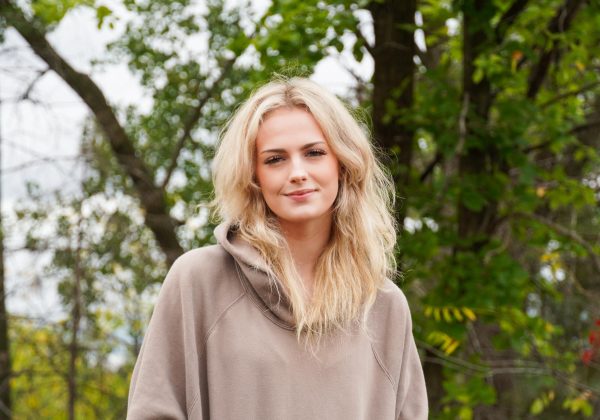
Lauren Vail, Staff Reporter
Lauren is a senior staff reporter, and this year is her first year on The Viewer.
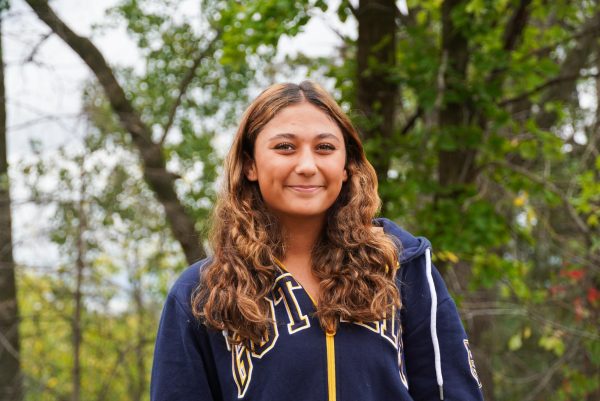
Liliana Peleska, Staff Reporter
Liliana is a junior staff reporter, and this year is her first year on The Viewer.
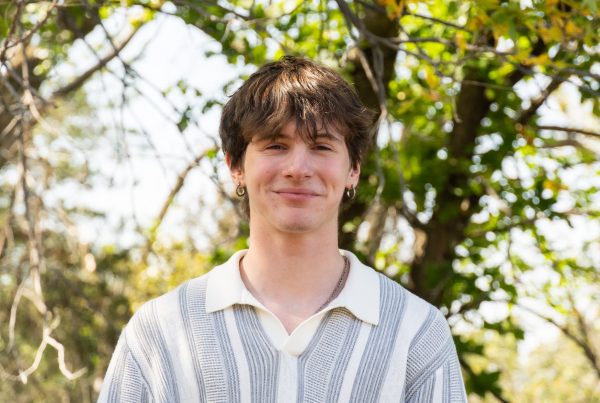
Elijah Mattfield, Reviews Editor
I’m Elijah Mattfield and I am the reviews editor. I’m a senior and this is my second year on the Viewer, it has been super fun so far. I love to be outside whether that be biking or going on walks, other than that I am hanging out with friends.
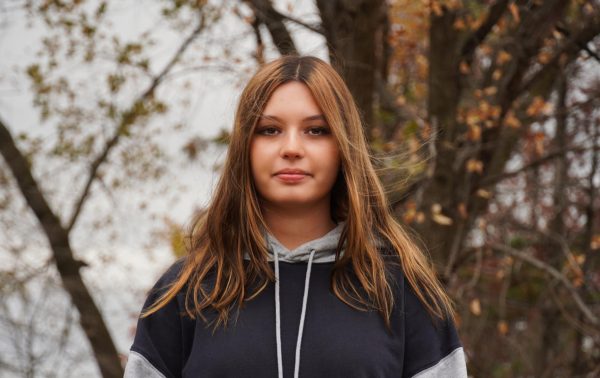
Charlotte Krum, Good Questions Editor
Hi! My name is Charlotte, and I’m a senior. This is my second year with The Viewer. I’m very excited to be an illustrator and the Good Question Editor 2023-2034 school year! I enjoy playing tennis, figure skating, drawing and listening to music.

Isabel Li, Print Editor-in-Chief
Hi, my name is Isabel, and I am super excited to be editor-in-chief this year. Outside of the Viewer, I am a captain of the girls’ cross country team. I also enjoy playing violin and piano, listening to Noah Kahan, and taking photos. Don’t forget to pick up a copy of the Viewer, and stay tuned for some fire podcasts ;)
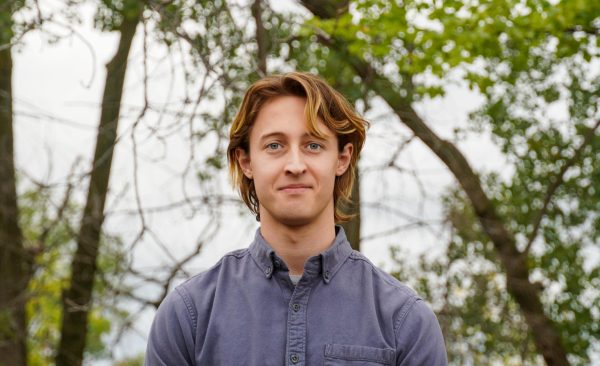
Tyler Quattrin, Print Editor-in-Chief and Features Editor
Hello! I am thrilled to be a print Editor-in-Chief for my third year on The Viewer. Outside of The Viewer, I am a captain of the Mounds View Boys Swim and Dive team. Feel free to reach out to me directly at [email protected].
Awards:
Best of SNO – Mounds View Theater casting sparks controversy
Best of SNO – Pro-life activists rally against Minnesota abortion legislation
Best of SNO – From Mounds View to the MN Supreme Court: Chief Justice Hudson’s distinguished career
Journalism Day at The Guthrie runner up – ‘Dial M for Murder’ Revitalizes Hitchcock’s Classic at the Guthrie









